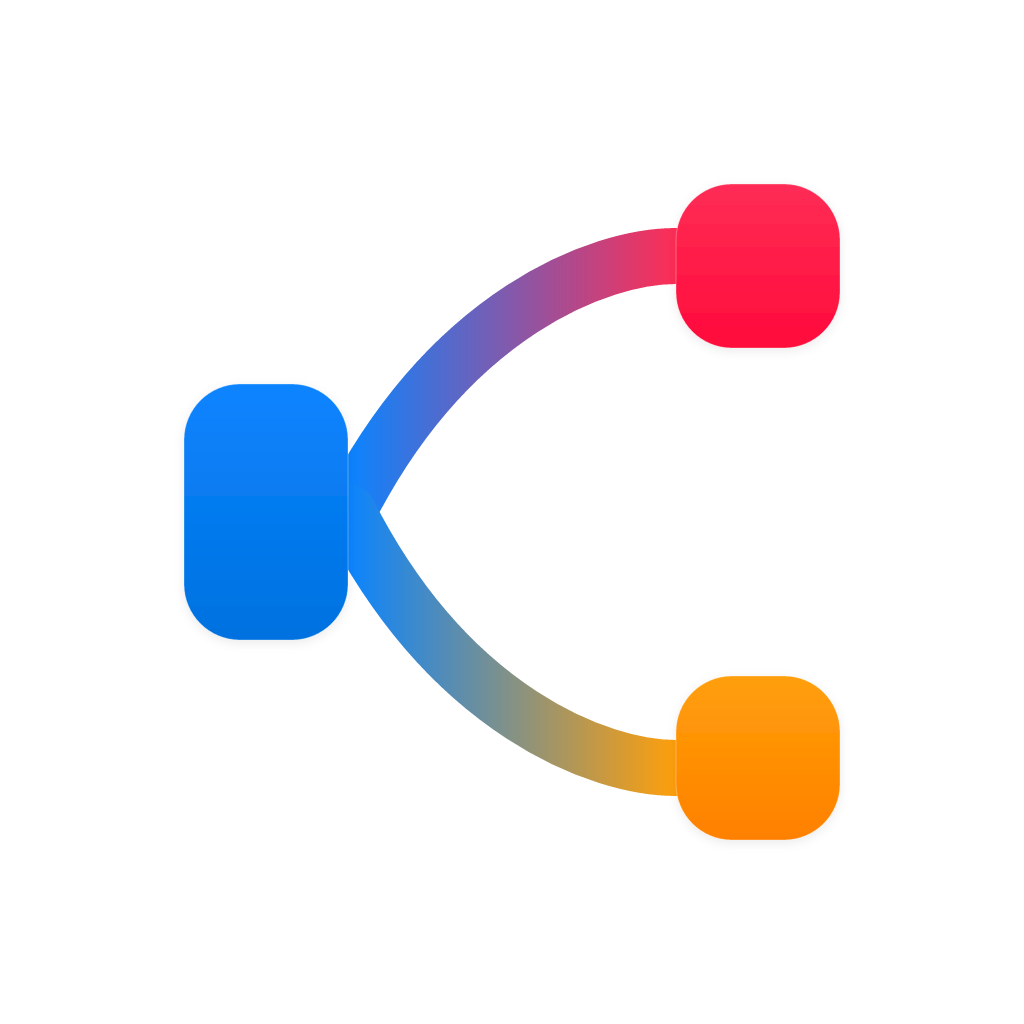The Artful Flow: Decoding Data through Sankey Chart Masterpieces
In a world that’s digitized and interlinked, understanding the ebb and flow of information can seem like navigating a complex river system. Enter the Sankey chart—a visual marvel that helps decipher the intricate relationships in data flow. This article delves into the artful process of Sankey chart creation and its diverse applications in science, engineering, and beyond.
The Mastery of the Sankey Flow
What is a Sankey Chart?
Sankey charts are graphical renditions that showcase the magnitude of flow within a process. Typically composed of vectors (arrows) flowing from a source to a destination, Sankey diagrams are excellent at illustrating the direction, amount, and intensity of the flow of material, energy, or cost within a system.
The fundamental premise of a Sankey chart is to show the proportion of flow between different processes, making it a useful tool for conveying efficiency or energy flow, as in power generation systems, or resource distribution, as in a business’s supply chain.
Crafting the Artful Flow
-
Identify the Data:
To draw an accurate Sankey chart, one must first gather the appropriate data. This could range from the flow of energy in an industrial process to the movement of funds in an accounting schema. -
Determine the Flow Levels:
Sankey diagrams are organized into layers, representing the flow of resources at increasing levels of abstraction. Deciding which levels to include is crucial for clarity; too many levels can cause confusion, while too few might mask necessary details. -
Start with the Source:
The process begins at a central source, which branches off into vectors that illustrate the various outputs. Ensure these vectors are well-distributed to evenly depict the flow without over-cluttering the diagram. -
Mapping the Flow:
After establishing the initial vector paths, map out how resources travel through the system. These vectors need to be narrow at the point of connection to a process and wider at their sources and destinations to represent the volume or intensity of flow accurately. -
Adjust Widths and Colors:
The width of the connection between processes should correlate with the quantity of flow, larger flow paths usually being wider. Using color gradients can enhance the visual distinction of different types of flow or components. -
Integrate Text and Annotations:
To make the Sankey chart understandable, add labels, process descriptions, numbers, and other annotations. This will add context and help the viewer make sense of the data.
The Real Art of Sankey charts
Creating a Sankey chart is as much about artistic intuition as it is about data visualization skills. A skilled chart creator understands that every stroke and color choice must enhance the story that the data is trying to tell. The delicate balance between detail and simplicity is key.
The Applications of Sankey Diagrams
Sankey diagrams are invaluable in a variety of contexts:
Energy Analysis
Energy systems such as power plants and vehicle designs can be visualized through Sankey charts to illustrate the efficiency of energy conversion and distribution.
Environmental Studies
By mapping the flow of chemicals or toxins, Sankey charts can help environmental scientists and policymakers understand the environmental consequences of industrial processes.
Resource Management
In business and management, Sankey charts provide a snapshot of how resources are allocated and where they might be used more effectively. For instance, organizations can use them to identify areas of waste or redundancy in their operations.
Flow Research
Sankey diagrams are also crucial in academic research, where they help to illustrate the paths that substances, energy, or signals follow through complex systems.
The Future of Artful Data Visualization
Sankey diagrams continue to evolve with advances in data visualization tools and software. Platforms like Python and R offer packages that automate the creation of Sankey charts, while the integration of augmented reality (AR) and virtual reality (VR) might allow for interactive and 3D representations of these diagrams.
The future of such data visualization lies in making the presentation of complex data more accessible and engaging. As we move forward, those who master the artful flow of Sankey charts will play crucial roles in helping us interpret our interconnected world.
SankeyMaster
SankeyMaster is your go-to tool for creating complex Sankey charts . Easily enter data and create Sankey charts that accurately reveal intricate data relationships.



